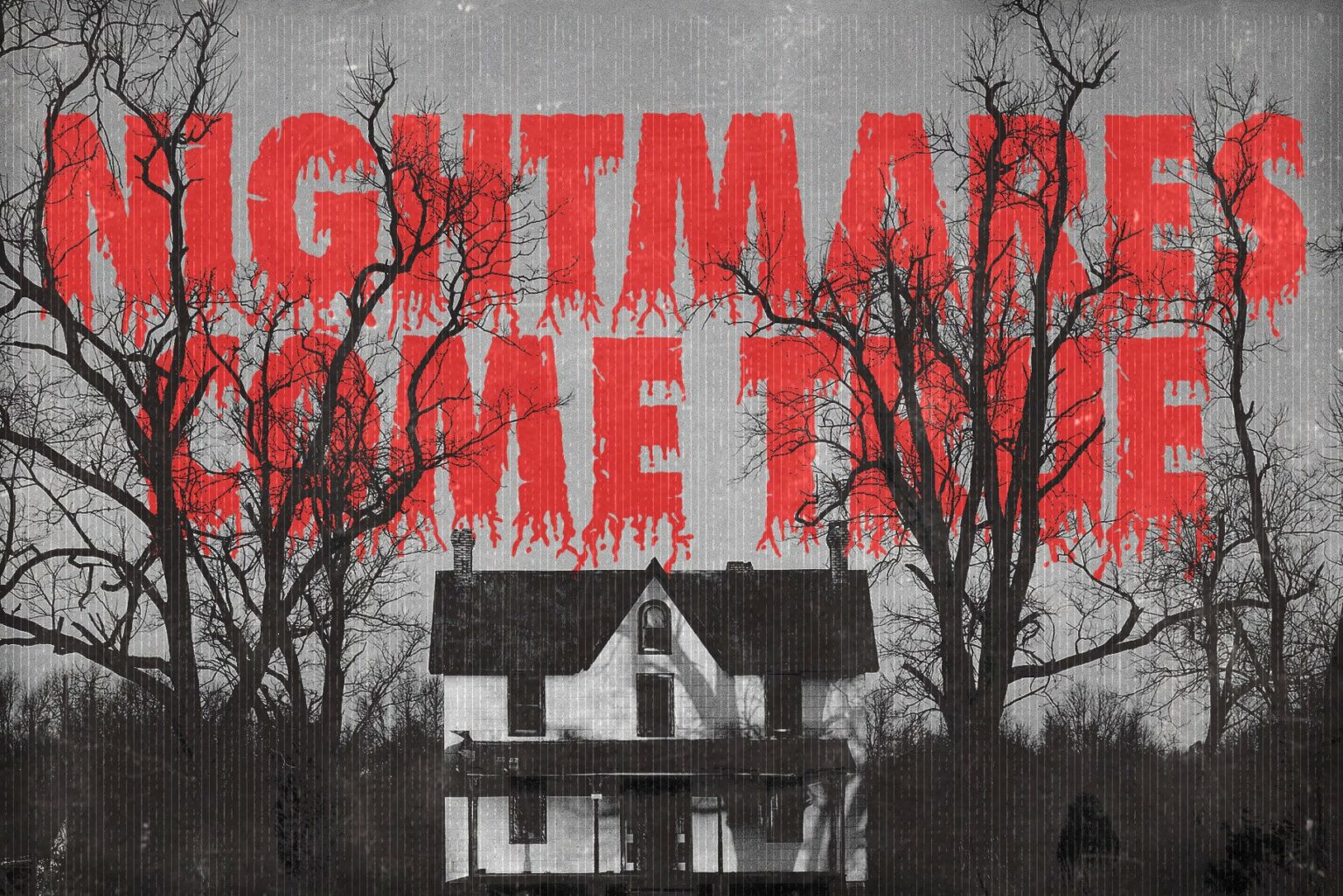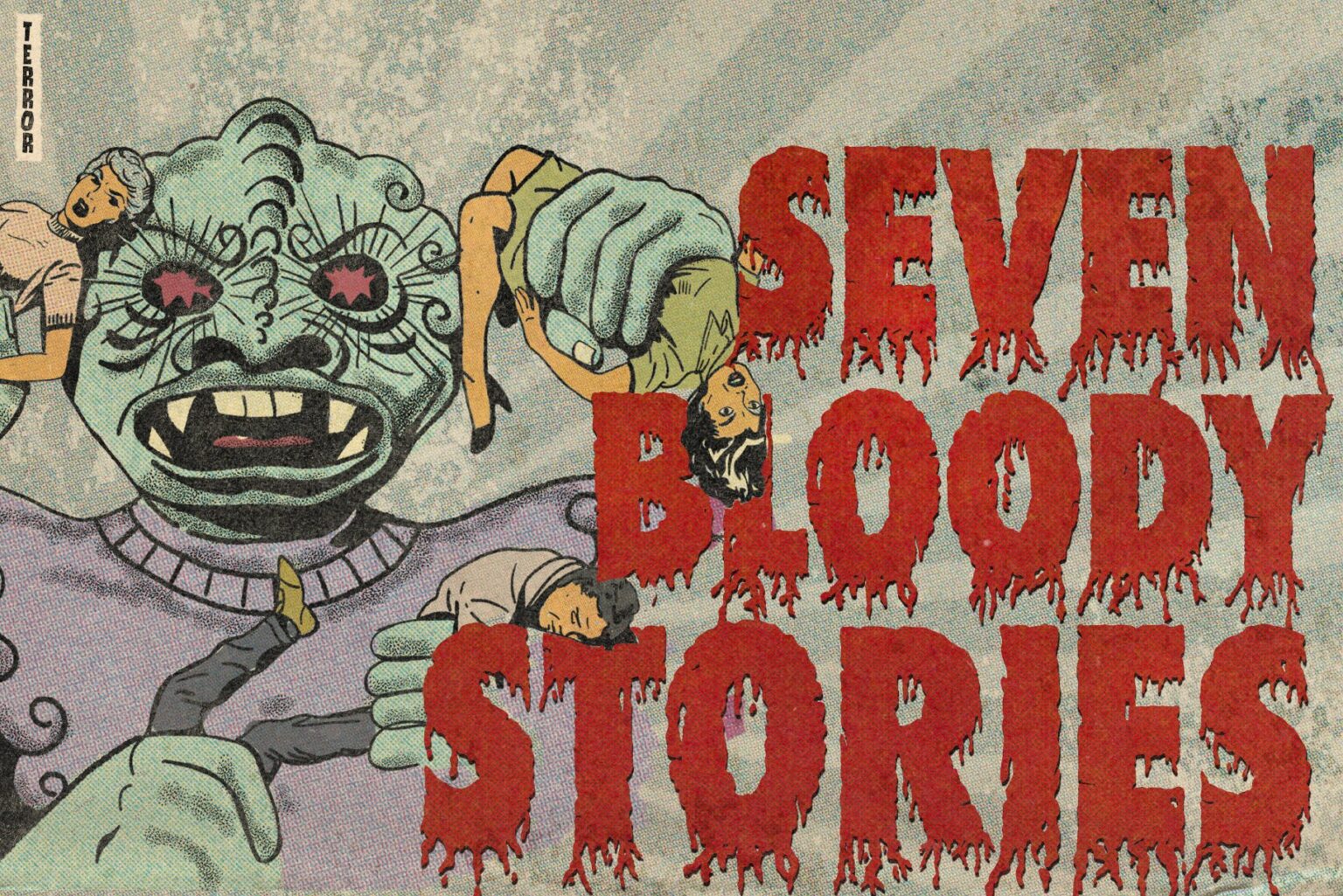The Shocking Truth: Exploring Gore Sites & Videos Online
Is our fascination with the macabre a sign of societal decay, or a deeply ingrained aspect of the human condition? Gore, in its rawest form, isn't a source of amusement; it's a stark reflection of reality, a truth that has become increasingly unavoidable since 2020.
The digital age has ushered in an era where the boundaries of what we consider acceptable viewing have been dramatically redrawn. Within this landscape, "gore videos" have carved out a significant, albeit controversial, niche. These videos often aim to present an unfiltered glimpse into the realities of life and death, a concept that can be both captivating and deeply disturbing. The debate surrounding their existence and accessibility touches upon fundamental questions about censorship, freedom of expression, and the psychological impact of exposure to graphic content.
The proliferation of gore-related content online has spawned numerous platforms dedicated to its dissemination. These platforms, often operating on the fringes of the internet, serve as repositories for a wide range of material, from amateur footage of accidents to professionally produced horror films. The content frequently blurs the line between documentation and exploitation, raising ethical concerns about the motivations of those who create and consume it.
- Unleashed Masa49 Indian Dehati Pakistani Sex Videos 2025 Hot Xxx Clips
- Decoding The 1851 George Stokes Equation Keyword Explained
One prominent category within the gore video landscape is true crime. This genre typically features death videos extracted from crime scenes or related to criminal investigations from across the globe. The appeal of true crime is complex, often rooted in a desire to understand the psychology of violence and the circumstances surrounding tragic events. However, the graphic nature of these videos necessitates a strong warning: viewer discretion is strongly advised. The potential for psychological distress and desensitization to violence is a significant concern, and individuals with pre-existing sensitivities should exercise extreme caution.
The operation of gore-centric websites often involves a precarious financial balancing act. Many such sites rely on donations or Patreon memberships to sustain their operations. This financial model highlights the inherent challenges of hosting controversial content, as traditional advertising revenue may be difficult to secure. The operators of these sites often express a deep commitment to their mission, despite the financial burdens and potential legal risks involved.
One such operator lamented the financial strain of maintaining their site, stating that it costs "more than $300 just to keep this" running. This individual expressed a desire to expand their presence on platforms like YouTube and Patreon, but cited limitations imposed by their current technology, namely a "crappy android." This struggle underscores the resourcefulness and determination often required to navigate the complex world of online content creation and distribution.
- Movierulz Unblocked Find Alternatives Movie News Year
- Filmyfly Your Guide To Latest Movie Updates Entertainment News
Despite facing numerous obstacles, including site shutdowns and platform censorship, the demand for gore-related content persists. This enduring appeal suggests a deeper cultural fascination with the macabre, one that transcends geographical boundaries and technological limitations. The ability of gore to "find a way to get in front of its audience" highlights the challenges of effectively regulating online content and the importance of fostering media literacy among consumers.
The online ecosystem surrounding gore is often interconnected, with individuals and organizations operating across multiple platforms. For example, one individual named James encourages followers to engage with his content on Twitter and subscribe to his newsletter. Such cross-promotion is a common strategy for maximizing reach and building a dedicated audience within this niche.
The phenomenon of gore is not limited to obscure corners of the internet. Mainstream media outlets have also explored the topic, albeit with varying degrees of sensitivity. Articles from publications like Vice Australia have examined the cultural and psychological dimensions of gore, contributing to a broader understanding of its appeal and potential consequences.
The history of gore in visual media extends far beyond the digital age. Films like "Empire of Madness" (released 1989) incorporated graphic content from earlier sources, such as the 1953 educational film "A is for Atom." This practice of repurposing and remixing existing footage underscores the enduring fascination with the visual representation of violence and the complex relationship between entertainment and reality.
The accessibility of gore has also been shaped by technological advancements in home video. The release of films on VHS, such as the "original english version" distributed by Wavelength Video, played a significant role in popularizing the genre and making it more readily available to a wider audience.
A search query for gore often yields a mix of relevant and irrelevant results. The search engines themselves may struggle to accurately classify and filter such content, leading to instances where the query returns "no results" or prompts users to "check spelling or type a new query." This highlights the ongoing challenges of content moderation and the limitations of algorithmic approaches to identifying and categorizing sensitive material.
The depiction of crime scenes in the media, including the release of crime scene photos, raises ethical questions about the balance between public interest and the privacy of victims and their families. On March 9, 2018, the release of crime scene photos depicting blood spatter and a bloodied knife allegedly used by a nanny to kill two children sparked widespread controversy. The decision by the New York District Attorney to release these photos was met with both support and condemnation, highlighting the complex ethical considerations involved in disseminating graphic content related to criminal investigations.
The case of nanny Yoselyn Ortega, who allegedly used a knife to kill two young children in her care, serves as a stark reminder of the real-world consequences of violence. The crime scene photos released in connection with the case offered a chilling glimpse into the brutality of the crime and the profound impact it had on the victims and their families. The release of these photos also reignited the debate about the potential for media coverage to sensationalize tragic events and contribute to a culture of violence.
The consumption of gore, particularly in the context of horror films and websites, often involves a deliberate act of seeking out disturbing content. The phrase "close the doors, draw the curtains, and click the mouse" encapsulates the sense of secrecy and transgression that often accompanies the exploration of such material. The appeal of these "cheesy horror sites" lies in their ability to deliver a dose of the macabre in a controlled and often stylized manner.
The internet has provided a platform for the dissemination of gore on an unprecedented scale. Websites like Liveleak, formerly known for allowing users to upload videos of violence and gore, have played a significant role in shaping the online landscape. The decision by Liveleak's founder, Hayden Hewitt, to shut down the site reflects the growing awareness of the ethical and legal challenges associated with hosting graphic content.
The demise of Liveleak underscores the evolving nature of the online ecosystem and the increasing pressure on platforms to moderate content that may be deemed harmful or offensive. The "impassioned letter" posted by Hayden Hewitt on his new site provides insights into the factors that led to the decision to shut down Liveleak and the broader challenges of navigating the complex world of online content moderation.
Rotten.com, another early internet shock site, gained notoriety for its promotion of "morbid curiosity and death." Active from 1996 to 2012, the site hosted gruesome images and videos of blood and gore, death and decomposition, and graphic violence. Rotten.com's legacy serves as a reminder of the enduring appeal of the macabre and the willingness of some individuals to seek out extreme content online.
Deep gore tube represents a more contemporary iteration of the shock site model. This online video sharing website and video social network allows registered users from all over the world to share explicit, uncensored news, bizarre, shocking, and extreme graphic video content for free. The platform's explicit focus on gore underscores the continued demand for such content and the challenges of effectively regulating its dissemination.
The unapologetic declaration "Yes, it is a gore site!" reflects a certain defiance and a willingness to cater to a niche audience with specific tastes. This directness is often a characteristic of platforms that operate on the fringes of the internet, where the boundaries of acceptable content are pushed to their limits.
The popularity of true crime shows reflects a broader cultural fascination with the darker aspects of human behavior. Documentaries like "Tickled" and "An Open Secret" have captivated audiences with their exploration of complex and often disturbing subject matter. The success of these shows highlights the enduring appeal of true crime and the willingness of viewers to engage with narratives that challenge their assumptions and confront them with uncomfortable truths.
The cycle continues: "Even through the site shutdowns and platform censorship, gore finds a way to get in front of its audience." The resilience of this phenomenon underscores the need for ongoing dialogue about the ethical and social implications of exposure to graphic content.
The historical figures of Adolf Hitler and Jim Jones, along with artists like Monte Cazazza and Cole Palme, represent diverse examples of individuals who have explored themes of violence, death, and the macabre in their respective works. Their inclusion in discussions about gore highlights the complex relationship between art, politics, and the human fascination with the darker aspects of existence.
Shockumentaries, a genre that combines elements of documentary and exploitation film, often feature death footage and other graphic content. The incorporation of "video art from survival research laboratories and monte cazazza" into these films blurs the line between documentation and artistic expression, raising questions about the ethical responsibilities of filmmakers and the potential for such content to be both disturbing and thought-provoking.
Liveleak's origins as an offshoot of the early internet shock site Ogrish provide valuable insights into the evolution of online gore. Ogrish, along with Rotten.com and others, served as a destination for individuals seeking "the worst the web had to" offer. The transition from Ogrish to Liveleak reflects the changing dynamics of the internet and the increasing awareness of the legal and ethical implications of hosting graphic content.
The self-description of Best gore as a "reality news website" that posts real videos to show people the alleged Montreal attack underscores the blurring lines between journalism, entertainment, and exploitation in the digital age. The use of the term "reality news" suggests an attempt to legitimize the site's content, despite its graphic nature and potential for harm.
The evolution of Goregrish from Pwnographic.net highlights the ever-changing landscape of online content and the challenges of maintaining a consistent brand identity in the face of evolving social norms and technological advancements. The website's history reflects the ongoing struggle to balance freedom of expression with the need to protect individuals from harmful content.
The interconnectedness of online gore communities is evident in the lineage of sites like Uncoverreality.com, Ogrish.com, and Liveleak. The migration of users and content from one platform to another underscores the resilience of these communities and their ability to adapt to changing circumstances. The fact that many former members of these sites have found a new home on Itemfix suggests that the demand for gore-related content remains strong.
The existence of a "pure gore category" on Deep gore tube underscores the specialized nature of the online gore ecosystem. This category caters to individuals seeking the most brutal and extreme content available, highlighting the potential for desensitization and the need for responsible consumption of such material.
The ultimate goal of many gore-related websites is simple: "Watch many gore videos that will make you." This straightforward call to action reflects the inherent appeal of the macabre and the enduring fascination with the darker aspects of human existence.
| Category | Information |
|---|---|
| Website Type | Online platform for sharing and viewing graphic video content |
| Content Focus | Explicit, uncensored news; bizarre, shocking, and extreme graphic video content. Includes gore, violence, and disturbing material |
| User Base | Registered users from all over the world |
| Accessibility | Free to use for registered users |
| Content Moderation | Likely minimal, given the nature of the content |
| Ethical Considerations | Raises significant ethical concerns due to the graphic and potentially disturbing nature of the content |
| Legal Implications | Potentially faces legal challenges related to obscenity, incitement to violence, and other illegal activities |
| Community | Video social network where users can interact and share content |
| Monetization | Likely relies on advertising or donations, but may face challenges due to the controversial nature of the content |
| Historical Context | Part of a larger history of shock sites and online platforms that push the boundaries of acceptable content |
| Related Sites | Often associated with other gore and violence-focused websites, such as Liveleak, Rotten.com, and Ogrish |
| Potential Risks | Exposure to extreme violence, desensitization, psychological distress, and potential legal consequences for users and operators |
- Bollyflixspa Scam Or Safe Read This Review Before You Watch
- Filmy4wap Is It Safe Risks Legal Alternatives Revealed

New! True Gore, For killer designs MasterBundles

New! True Gore, For killer designs MasterBundles

New! True Gore, For killer designs MasterBundles